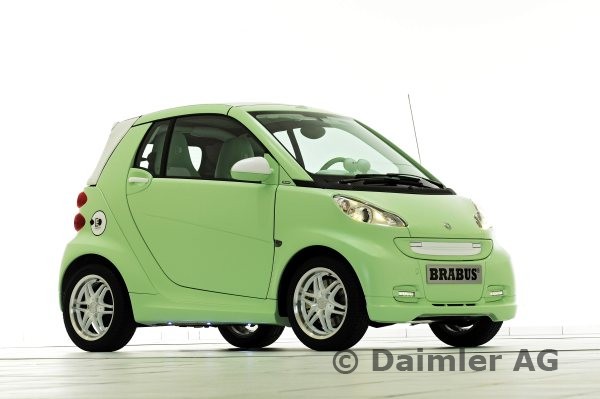
What Happened to the Smart Fortwo?
In case you don’t remember what a Smart Fortwo is, let us refresh your memory. It was a two-seat car that looked more like a roller skate than an actual car and while everyone thought it was a fun, zippy way to get around town, it turns out that it wasn’t.
That didn’t seem to hurt sales though, as the brand sold a lot of them when they first arrived in the market and the Fortwo, along with the Mini Cooper, seemed to be ubiquitous in every city setting. However, they all seemed to have disappeared from the streets since then, so what happened to the Smart cars?
Smart Fortwo
The Smart Fortwo was a rear-wheel-drive, rear-engine can that was able to accommodate up to two occupants. It was about eight feet long and looked like a caricature of what a viable, fuel-efficient car should have been.
Needless to say, it was a niche car for a very niche market, so much so that it technically didn’t have much to compete with, other than perhaps the Mini Cooper and the Scion iQ that came out in 2012. Yet, it sold well its first year, Smart, which was owned by Daimler, actually sold almost 25,000 Fortwo’s during their first year of production back in 2008.
Since then, the Fortwo went through two different generations in the U.S. (three generations in Europe) before Smart ended up pulling it from the North American market in 2019.
The discontinuation of the gasoline-powered Fortwo meant that the company was only focusing the electric versions, however, Smart owners can still get their cars serviced at Smart locations.

Powertrain
The Smart Fortwo was not only unique when it came to its overall aesthetics, but its engine size and layout was unlike any other.
The Fortwo was powered by a three-cylinder, 898cc engine that was able to produce 89 horsepower and 100 lb-ft of torque. As for the transmission, when the Fortwo debuted it came with a controversial five-speed automated manual transmission.
We say “controversial” because, in short, it was terrible. Whenever the transmission shifted it the car hesitated so much that it felt like a student driver trying to drive a manual for the first, every time.
It wasn’t smooth by any means, nor were the actual driving dynamics. Sure, the turning radius was good and the minuscule size of the car made it easy to park, but the overall ride was bumpy and noisy.
According to Car and Driver’s last review of the Fortwo, they noted that the transmission had been revised to a dual-clutch, six-speed automatic that was smoother and aided in getting the car to 60 mpg in 9.9 seconds, as opposed to their previous 14.4 measurements.
It’s no surprise that they’re gone
On top of the slow acceleration and terrible ride quality of the Fortwo, sales in the U.S. market started to wane as time went on. They picked up a little when the Smart Fortwo electric model came out in 2011 as its driving dynamics were far better than the gasoline version.
However, it’s short 58-mile range was a handicap compared to other electric vehicles in the market, not to mention its ability to only seat two people. Ultimately, in 2019, Smart announced that they will no longer be selling cars in the U.S.
That announcement came as no surprise as a niche car like the Smart Fortwo could barely stand a chance against almost every other car in the market, whether they were powered by gas or electricity.



